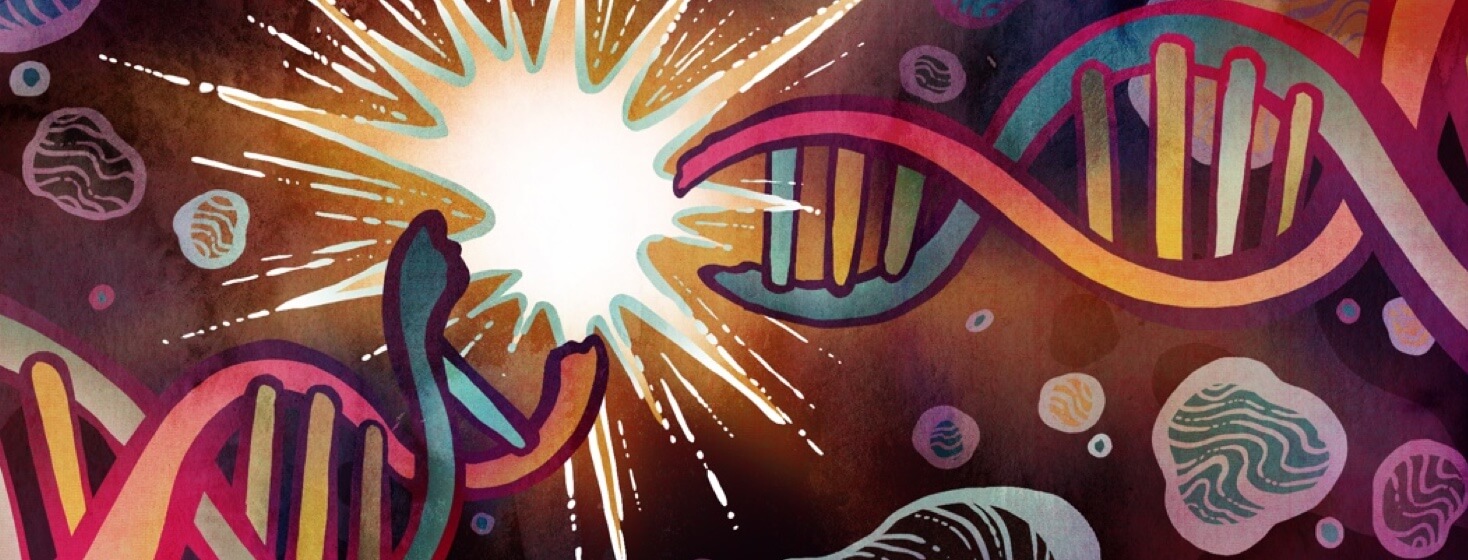What Is Gene Therapy?
Genes are the pieces of DNA that make us who we are. They determine our eye and hair color, how tall we will be, and if we are prone to certain health conditions. We inherit our genes from our parents, half from our mom and half from our dad. Genes are responsible for everything about us, including physical traits and the way our bodies work.1
Some disorders are caused by changes (mutations) in our genes, like sickle cell disease or cystic fibrosis. Other conditions are caused by a combination of our genes and other factors, like our environment or lifestyle choices.1
Can gene therapy help people with rare conditions?
Gene therapy is a new and growing field of medicine. In gene therapy, genes are inserted into cells to correct abnormal genes or replace missing ones. This can be done using viruses, bacteria, or other agents to deliver the gene into the cell.1,2
Once the gene is inside the cell, it can help correct the problem causing the disorder. Gene therapy is still in the early stages of development. But it has already shown great potential in treating various conditions.1,2
Types of gene therapy
There are different types of gene therapy. For example, some treatments target specific cells, while others affect the entire body. Gene therapy types include:3,4
- Replacement: A new gene takes the place of a gene that is not working or is missing.
- Addition: A new gene is injected into the body and targets a specific problem that is causing an illness.
- Silencing: A way to inhibit or "silence" a mutated or faulty gene from making a toxic protein.
- Editing: A way to fix the gene that is causing an illness.
Gene replacement
The most common method of gene replacement uses a virus as a “vector” to carry the healthy genes into the cells. The virus is first modified so that it cannot cause illness, and then it is injected into the person. Once inside the cells, the virus begins to duplicate itself, and the healthy genes carry out their functions.1,3,4
Gene editing
Gene editing is a way for scientists to change a cell's DNA. Scientists use advanced tools to cut DNA at specific spots. This is like using scissors to cut the DNA. Genes may be added, removed, or changed at the cutting site.1,3,4
Gene therapy and rare disorders
Researchers and advocates for people with rare conditions are excited about the prospect of gene therapies. These treatments provide hope for people with a rare condition that currently has no cure or limited treatment options. Recent advances in genetic engineering and technology have led to more interest in developing products to use in gene therapy. As of 2022, a few gene therapy products have been approved by the US Food and Drug Administration (FDA).1,2
So what does the future hold for gene therapies? Researchers are constantly working to develop new and more effective treatments for a wide range of conditions. We will likely see even more success stories in the years to come. Gene therapy gives hope to millions of people diagnosed with a rare condition.1,2

Join the conversation